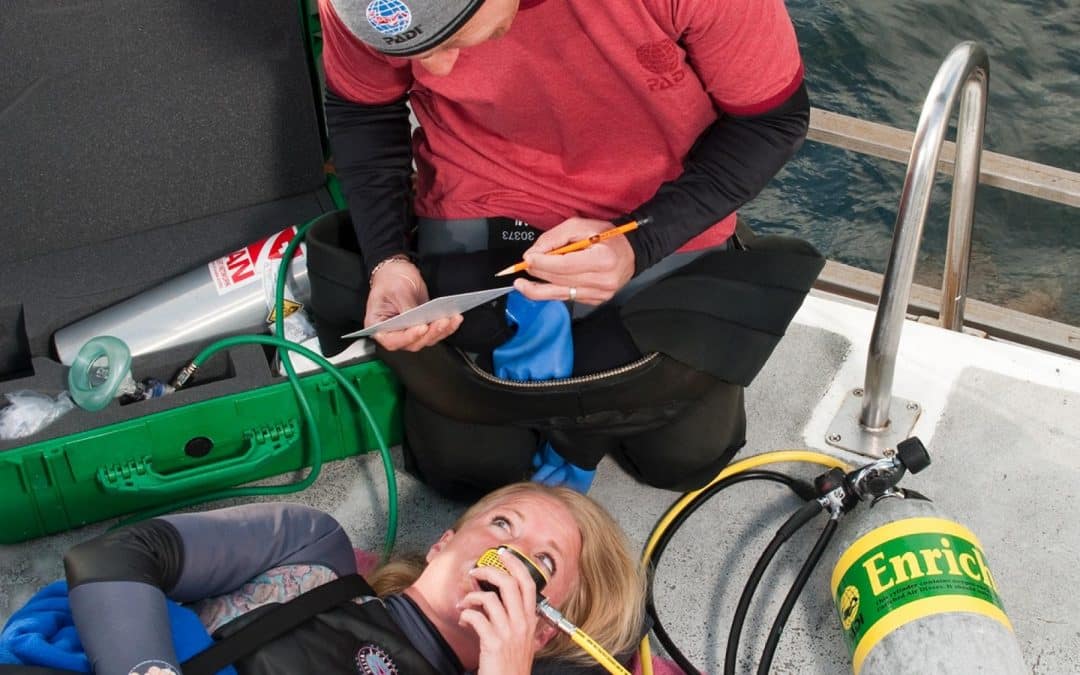But what about cube space? H-cylinders less cube space, but heavier, E-cylinder more cube space, but lighter
So now you have to ask yourself, is it reasonable to bring 44 E-cylinders?
If not, what is the risk? How much risk are you willing to take?
So here are some thoughts to ponder. How much O2 does one need, could you bag the patient up and de-nitrogenate the patient on 100% O2, gain 100% sats, turn off the O2, monitor the sats and taking the hemoglobin disassociation curve into account, when the sats get to the low 90s, turn the O2 back on and bag the patient back up to 100%.
Now, there are many ways to skin this cat, but this blog is to get you thinking about O2 planning, management and operational considerations. Don’t forget that both have different connecting systems. E-cylinders have the P.I.S.S (Pin index safety system) and the H-cylinders have the D.I.S.S. (Diameter Index Safety System). You must understand how to connect a regulator and gauge to each bottle.
Helpful hint: O2 bottle in U.S is Green, Everywhere else is White. Also, don’t always assume because the bottle says O2, that there is O2 in the bottle, there are a few case studies where a different gas was loaded into the wrong bottle. Understand your differentials.

